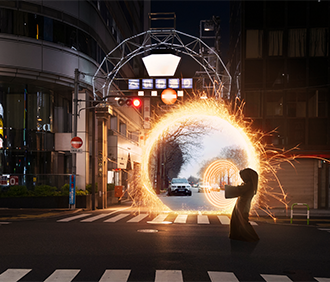Blog details
 16 apr
16 apr
VFX: The Future of Visual Effects in Film & Advertising
Visual effects (VFX) have come a long way, revolutionizing storytelling in both film and advertising. As we step into 2025, advancements in technology are pushing the boundaries of what’s possible, making VFX more realistic, efficient, and accessible than ever before. From AI-driven effects to real-time rendering, the future of VFX is set to transform the entertainment and marketing industries in ways we’ve never seen before.
One of the most significant advancements in VFX is AI-powered automation. Artificial intelligence is now capable of generating complex effects, automating tedious tasks, and even de-aging or resurrecting actors with stunning accuracy. AI tools like deep learning algorithms can create hyper-realistic digital humans, improve motion capture, and enhance CGI with minimal manual intervention. This not only reduces production time but also lowers costs, making high-quality VFX accessible to independent filmmakers and smaller advertising agencies.
Another game-changer in VFX is real-time rendering, powered by engines like Unreal Engine and Unity. Traditionally, rendering high-quality visual effects took hours or even days. Now, real-time technology allows directors and VFX artists to see final-quality effects instantly while shooting, eliminating the need for long post-production processes. This is especially valuable in virtual production, where entire environments can be created digitally and adjusted in real time, blending live-action footage with CGI seamlessly.